Development trends of media corporations in the world
In the context of globalization and widespread digital transformation, media groups have become the dominant structure of the modern media ecosystem. This is a multi-disciplinary complex model, closely integrating functions: content production, technology, distribution and commercialization - in which the press plays a core role, orienting information, leading public opinion and contributing to protecting national values.
Instead of simply being a mass media agency, media corporations today play the role of a combination of media - technology - finance power, capable of influencing public opinion, creating a culture of content consumption and competing effectively in a volatile digital environment. They control the entire media value chain: from technology infrastructure (cloud, data center), digital platforms (website, app, OTT), distribution systems (social media, AI-based delivery) to the final stage of commercializing content through advertising, copyright, data trading, etc.
Around the world, corporations such as Walt Disney, Comcast, Time Warner, Netflix, Amazon… are constantly expanding their sphere of influence through deep integration and horizontal expansion strategies. For example, Disney not only owns film studios and television channels, but also holds streaming platforms (Disney+), global distribution systems and huge user data networks. All are aimed at optimizing production - distribution - reaching target audiences, while mastering the national and international media space.
The trend of "technology-driven journalism" and the transformation of newsrooms into content-technology-business complexes is becoming increasingly evident. Modern journalism cannot be separated from big data tools, artificial intelligence (AI), and multi-platform content ecosystems. The media conglomerate model is not only a sustainable development solution, but also a strategic requirement for countries to position soft power in the global information age.
Restructuring the journalism ecosystem in Vietnam
In the process of comprehensive digital transformation and increasingly deep international integration, Vietnam is facing an urgent need to restructure the press ecosystem. The traditional press model - fragmented, isolated, mainly dependent on budget or old-style advertising - is clearly revealing its limitations in terms of resources, technology and competitiveness.
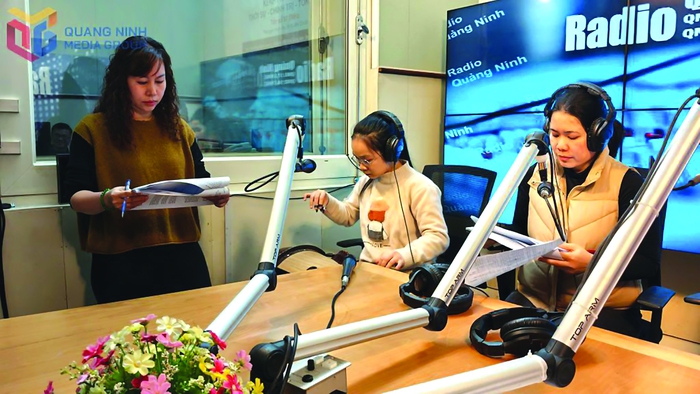
The team of editors and announcers of Quang Ninh Provincial Media Center conducts the radio program - Photo: Minh Ha
Faced with this situation, the establishment of national-scale media corporations is a strategic move to: (1) gather state and social resources; (2) integrate technology - content - high-quality human resources; (3) create effective media competitiveness in the global digital environment. This is not only a new development model for the press, but also a requirement for information security and protection of national media sovereignty .
This policy has been clearly expressed in major Party documents: Resolution No. 29-NQ/TW (2022) on digital transformation in the field of journalism and Resolution No. 66-NQ/TW (2025) on innovation in law-making and enforcement, which emphasize the role of modern media as a tool to coordinate social awareness and increase national development potential in the digital age.
Issues raised when building a media group model in Vietnam
Entering the new era of the country, the Vietnamese press and media also face the opportunity to enter a new era of development on the journey of "the second 100 years" of the Vietnamese revolutionary press. If missed, the press in general and press agencies in particular will miss great opportunities for development. To do so, first of all, there needs to be innovation in leadership and management thinking of the press, in the direction of openness and development management, creating new driving forces for the press to develop, especially innovations in the model of modern and effective media organization and management and "unleashing" the mechanism of media economic activities. The above issues are all related to the media group model.
It is urgent to build a media corporation in our country today, because:
(1) Media corporations are an internal objective development need of Vietnamese journalism: Despite major developments, compared to the region and the world, Vietnam's media industry is currently limited in scale and potential (quantity, quality, capacity to produce press products, finance, technical infrastructure, human resources, etc.), and its competitiveness is not high; Vietnam's media industry itself is also revealing many shortcomings, the network of press agencies is quite scattered and fragmented (by the end of 2024, the whole country had 884 press agencies, 137 newspapers, 675 magazines and 72 radio and television stations). The Federal Republic of Germany - a country with a population of 84 million people, almost equal to ours - currently has about 6,000 print publications, 75 public radio stations and 385 commercial radio stations, 12 public television agencies and 188 private television stations. Although the press products are more numerous than ours, in Germany, about 10 largest media groups have held and owned the majority of print, radio and television products, with very deep political and economic power and influence, such as the Axel-Springer group (accounting for 40% of the market for long-term subscription newspapers), Bertelmann... Thus, the number of media agencies is not large, but the media products are diverse, rich, and non-overlapping due to the internal regulation of the groups, according to the movement and objective needs of the market, making the media products all have quite separate audiences and markets. This is an advantage of the media group model, overcoming the fragmented, fragmented, and weak potential of too many press agencies and enterprises, while press products are duplicated and of limited quality.
While many economic sectors and fields have made great strides in the socialist-oriented market economy, due to being behind and somewhat passive, and having a specific nature, the media market in Vietnam today still lacks many constituent elements, as well as the conditions for it to operate effectively. The emergence of media corporations, associated with the mandatory requirement to perfect the conditions for this model to operate, will be a factor contributing to promoting the further completion of the shortcomings of the Vietnamese media, in a modern and professional direction, especially the completion of institutions, political and social environment, financial mechanisms related to the press and the model of modern press agencies... Vietnam's press and media agencies, including leading agencies, have a low level of accumulation and concentration, and there are many shortcomings in terms of facilities, human resources, technical infrastructure, financial resources, competitiveness... In particular, besides the limitations in the development of the media production force, in terms of organizational model, most of Vietnam's press agencies have not yet approached the modern organizational model, keeping the old organizational model with a rather restrictive mechanism, low-efficiency management methods, thereby contradicting the new level of development. Small-scale media agencies with limited resources, passive and dependent on information cannot have influence and control over public opinion and the market, so they cannot meet the increasingly high demands and requirements for carrying out political tasks in the new situation.
Although there are many other modern organizational models for press agencies, besides the corporate model, the history of the development of human journalism has proven that the corporate model is still the most optimal model, the inevitable and highest development step in the science of organizing media enterprises, with a system of advantages that can exploit and promote the best potential and strength of these media entities. Taking advantage of the advantages of the modern organizational model (and avoiding the disadvantages of the above model) is a condition, an opportunity for Vietnamese press agencies, with the advantage of being latecomers, to be able to unleash the driving forces of development.
(2) Media group - a model that ensures harmony between political-social and economic interests:
The media group model can ensure harmony between the implementation of political tasks and the economic communication activities of the press agency, right from its organizational model. The organizational and management structure of some media group models clearly separates and professionalizes the two parts of content and media economics. The relative independence in a complementary relationship helps the group model operate without overlap between the two areas of activity, in which the political and social tasks play a leading role, and the economic communication activities create the foundation and material potential to better serve the political and social tasks. Political and social interests and economic interests are two unified aspects within the media group model, both equally important, but the content area is the goal, the economic area is the means to serve the goal. At the same time, ensuring the immutable principle of the Party's leadership over press agencies...
(3) Media Group - a complementary model for Vietnam's media industry to adapt to new development trends of the world's modern media industry and of the times, especially the trend of digitalizing journalism, integrating new media, AI journalism, competition - sovereignty in cyberspace, media security, democratization trends...
The establishment of media corporations is not a magic key that can change the entire Vietnamese media industry overnight. However, the above development model will certainly be an important factor promoting the development of Vietnam's media industry.
The Draft Press Law (amended in 2025) includes "press and media group" as a major step forward in thinking and leadership and management of press development. This will be the premise for the Law to be promulgated, with more detailed and specific regulations on this advanced organizational and management model, contributing to opening up a major step forward for the development of the Vietnamese press, approaching the modern press of the world, creating new driving forces for the development of press agencies, especially officially forming and promoting the development of key national media groups. However, the term "press and media group" should be more accurately defined as "media group". The media group model is the most developed form of organization and management in the organization and management of a media organization, agency, or enterprise today. It is a common achievement from the development of human journalism, not a product that only exists in capitalist countries, in capitalist journalism. Media corporations are an objectively necessary management organization model born from the development of productive forces in the field of media. When productive forces develop more and more through the accumulation process, it will inevitably require appropriate production relations, which are concentrated in the form of organization and management of media corporations. Highly developed press production forces cannot be contained in the "tight shirt" of the old model of organization and management of press and media agencies and enterprises. The mindset of "worrying" that applying the media corporation model in Vietnam will "deviate" or "privatize" the press is an old leadership and management mindset, without a thorough understanding of the media corporation model, which will create a huge barrier to the development of Vietnam's revolutionary press. There is no common denominator of organizational and management models for application in all press systems, including Vietnam, but clearly the success of the media group (press) model of China, a country with a political regime similar to ours, is a very useful experience and lesson. The leadership of the Communist Party of China with press agencies is absolutely guaranteed, while at the same time creating mechanisms and economic motivations to help press agencies develop strongly.
Based on the reference model of media groups in the world, based on the specific conditions of Vietnam, the construction of media groups in Vietnam should ensure the following viewpoints:
(1) Absolutely ensure the leadership role of the Party, the management of the State over press agencies and press activities, media corporations when established, through holding 100% of the capital of subsidiaries (F1), but the grandchild companies (F2, F3) can only hold controlling shares, the rest can be equitized, even listed on the stock market to mobilize investment resources. Our Party must have strong propaganda tools through potential media corporations to further contribute to maintaining its role and ruling position.
(2) Forming media corporations by combining both the self-accumulation path (selecting press agencies with available potential) and the administrative path (designating mergers and consolidations based on similarities and rationality, attaching importance to compliance with political and economic laws). A number of corporations should be piloted for 5 years to have the opportunity to draw experience before expanding.
(3) Applying press agencies to operate according to the state enterprise model, with autonomy in media business, while increasing orders and investment from the Party and the State. The financial and investment mechanisms in press agencies play a decisive role in the establishment and operation of media groups. These groups are public service units but are managed according to the enterprise model, specifically, it is necessary to clearly state in the Law that press agencies "operate as state enterprises". Media groups mainly operate according to the Press Law and the Enterprise Law. Regulations on having affiliated companies, being equitized and listed on the stock market to raise capital.
(4) The thinking of leadership and management of the press needs to be renewed: The more open the mechanism, the more the press develops, the easier it is to manage; the more rigid it is, the less it develops, the more potential risks it poses, the more difficult it is to manage. The mechanism of self-regulation and optimization of the organizational and management model, as well as resources and press products within the corporations will effectively support the leadership and management of the Party and the State.
(5) Building a media group is not a "magic key" to solve all the problems of the Vietnamese press, but it is certainly a breakthrough solution, creating a strong driving force for the development of Vietnamese press agencies and the Vietnamese press. Vietnam needs media groups with regional and international brands and influence to master the domestic information market and compete with world media groups, avoiding dependence on the world's content and media technology, leading to loss of media security and national security.
(6) There is a clear distinction and mechanism for public media activities, serving political tasks, education, enlightening the broad mind, foreign information, promoting the image of the country and people with activities of producing entertainment press programs and products, creating revenue. Increase the ordering mechanism of the Party and State for public media activities and carrying out political tasks. The Party and State must invest in key national press agencies and corporations: Nhan Dan Newspaper, Communist Magazine, Vietnam Television, Voice of Vietnam, Vietnam News Agency and a number of other strong media corporations.
(7) After the Press Law (amended in 2025) is issued, there are regulations on media groups, so 4 media groups should be piloted in different models of organization and management of media groups, including: National key media group of Vietnam Television (with television as the core); media group formed from the merger of 3 press agencies of the Youth Union including Tien Phong Newspaper, Thanh Nien Newspaper, Tuoi Tre Newspaper (with print newspapers as the core); Southwestern media group (with Vinh Long Television as the core); Northeast media group (with Quang Ninh Media Center as the core). These regional media groups will break the subjective limits of geographical separation and fragmentation, to open up new development spaces and resources.
Source: Proceedings of the National Scientific Conference "100 years of Vietnamese revolutionary journalism accompanying the glorious cause of the Party and nation"
Source: https://phunuvietnam.vn/mo-hinh-tap-doan-truyen-thong-dot-pha-can-thiet-cho-bao-chi-viet-nam-20250618103154971.htm



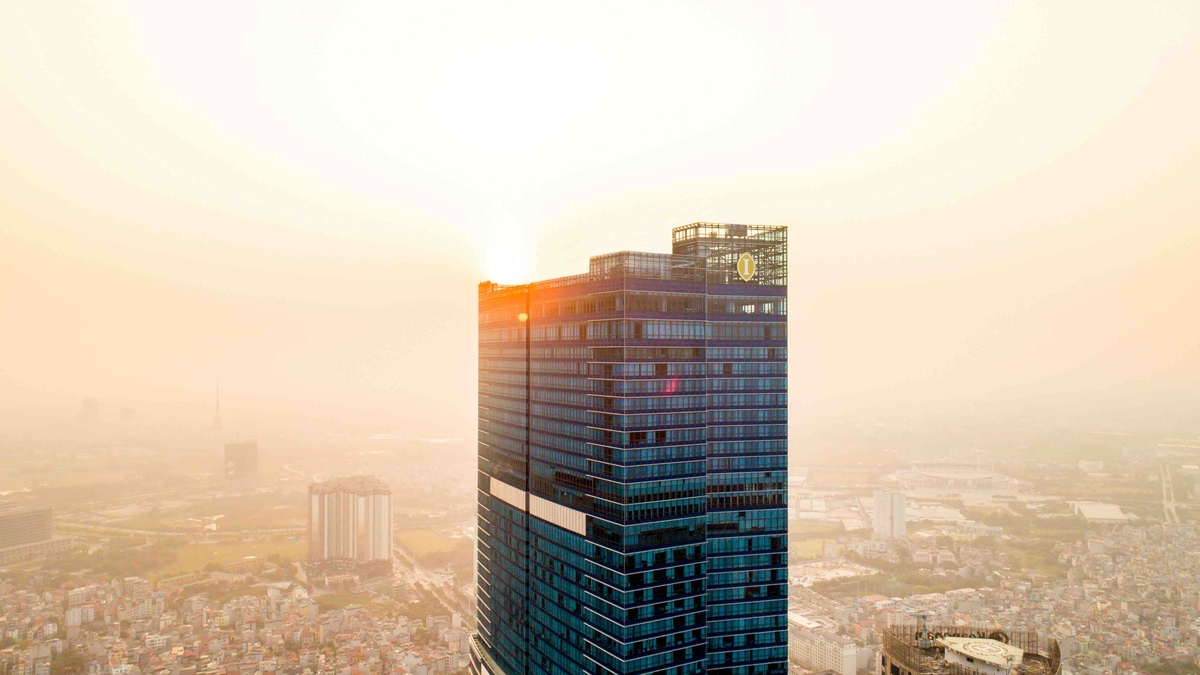
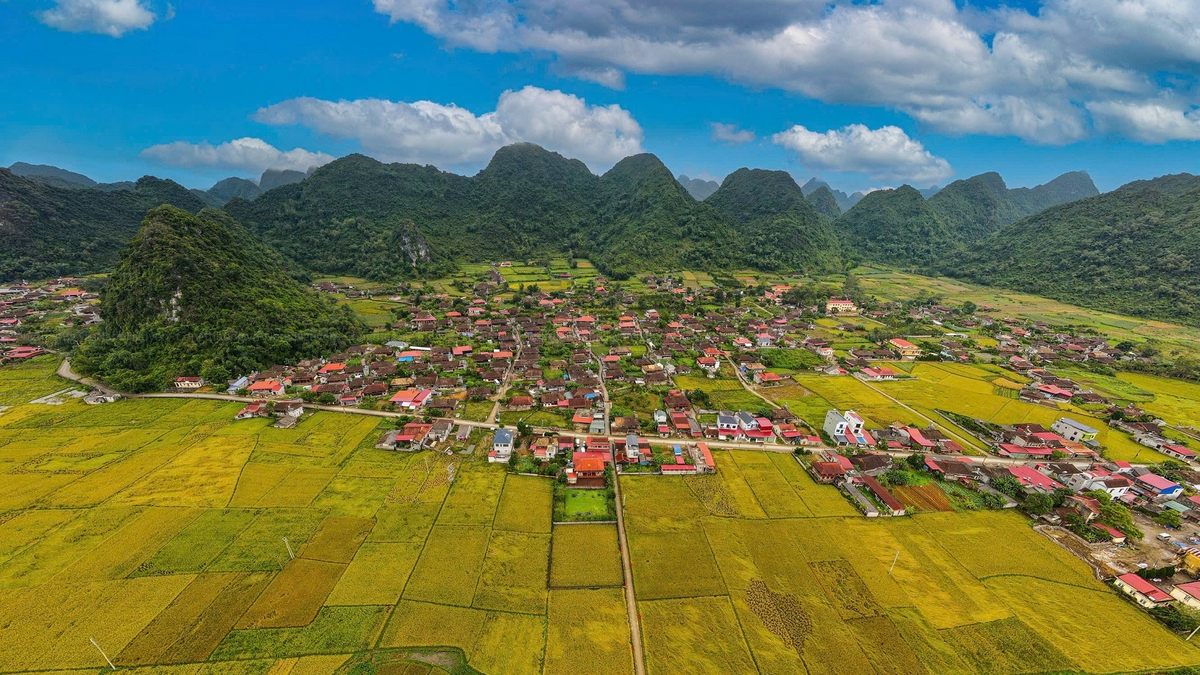





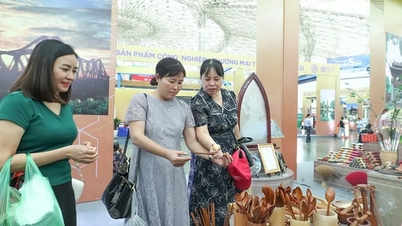





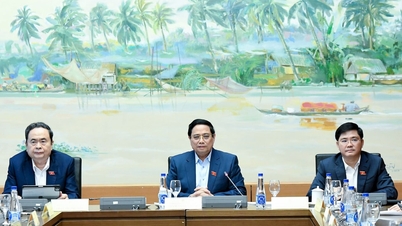



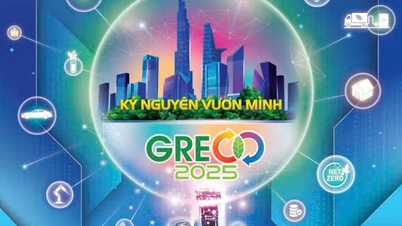

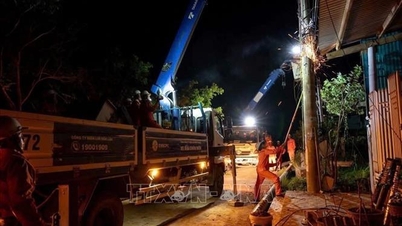



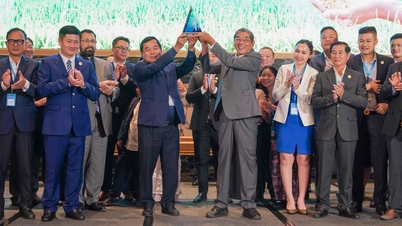
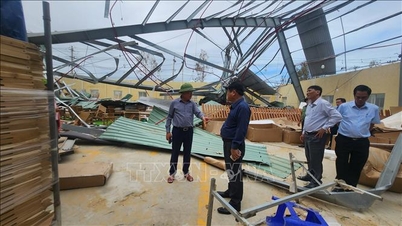







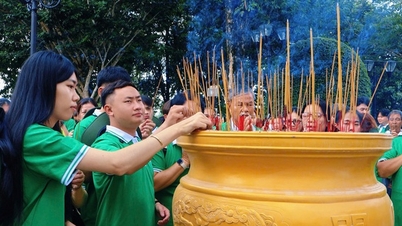
















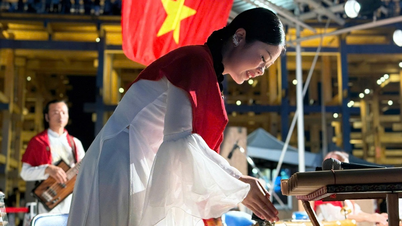

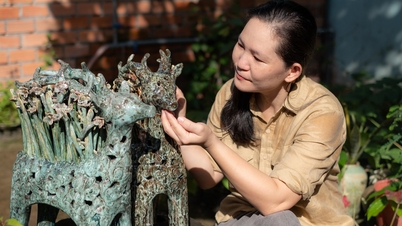

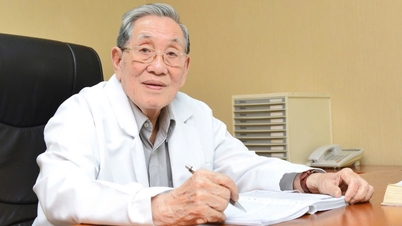


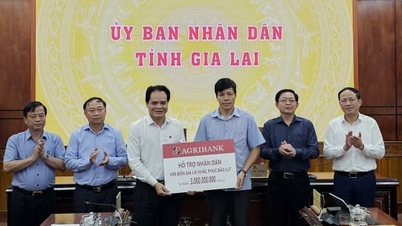
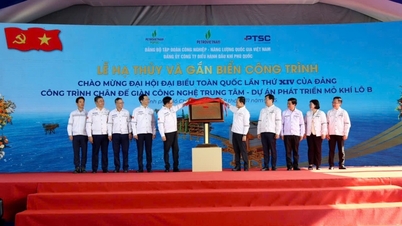

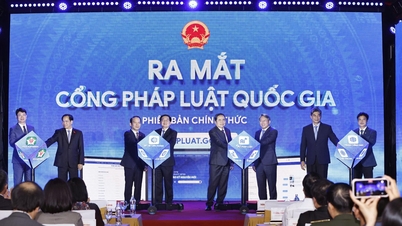








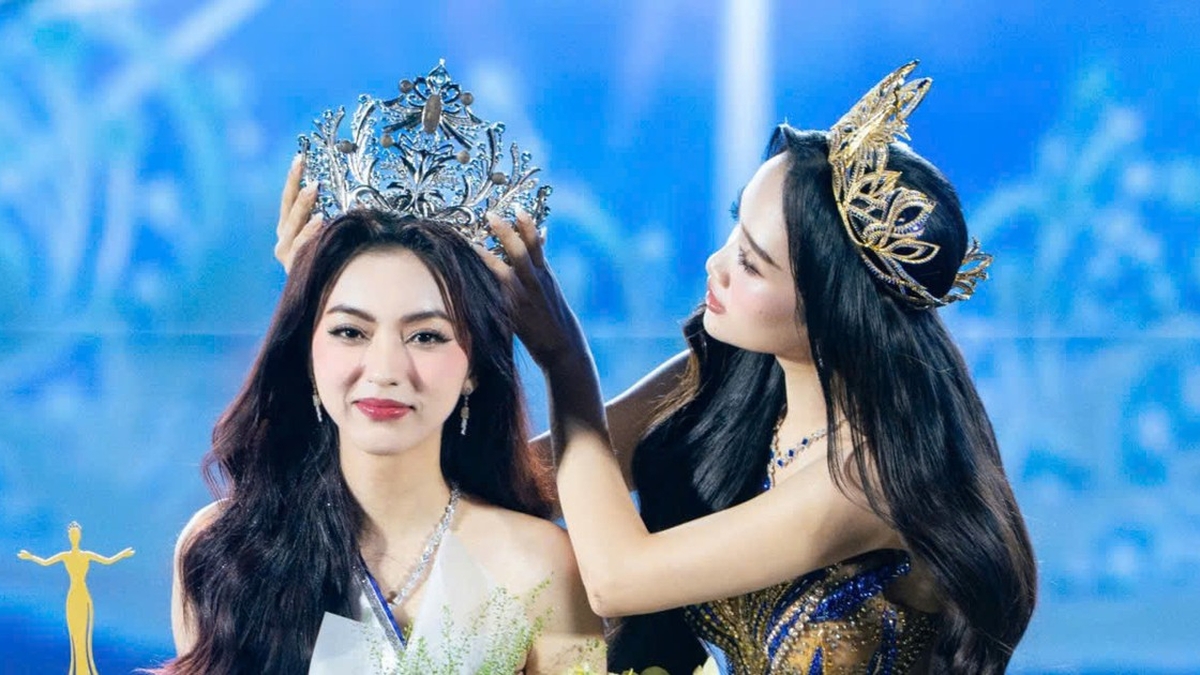
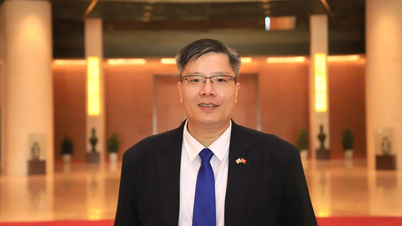




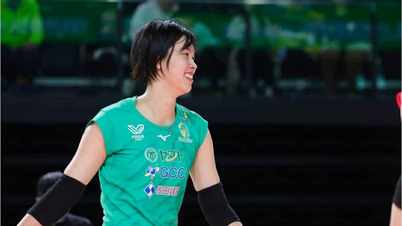


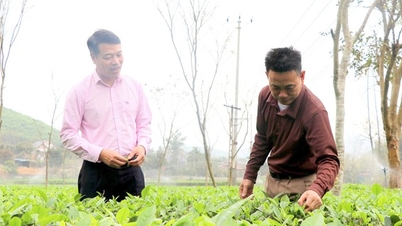

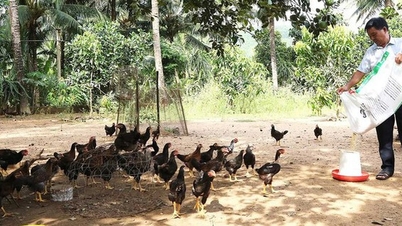
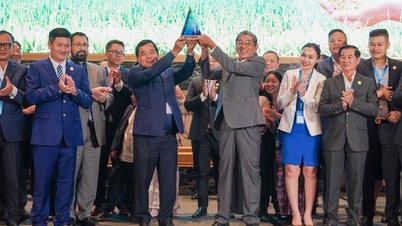


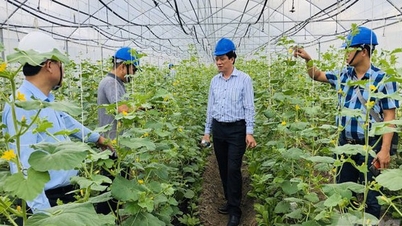
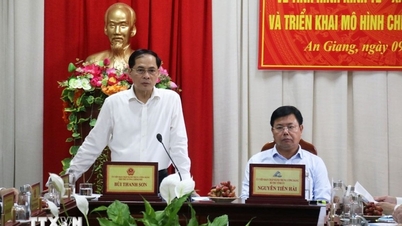


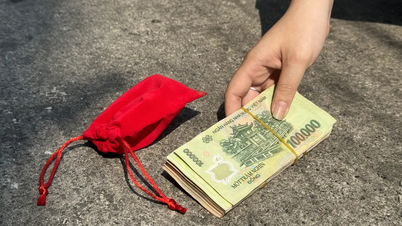

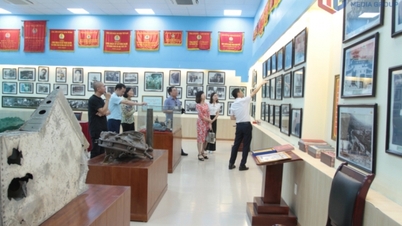



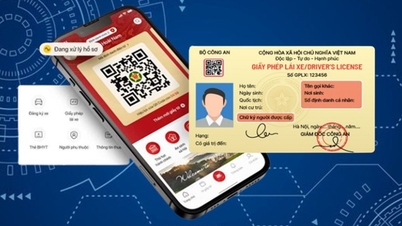















Comment (0)